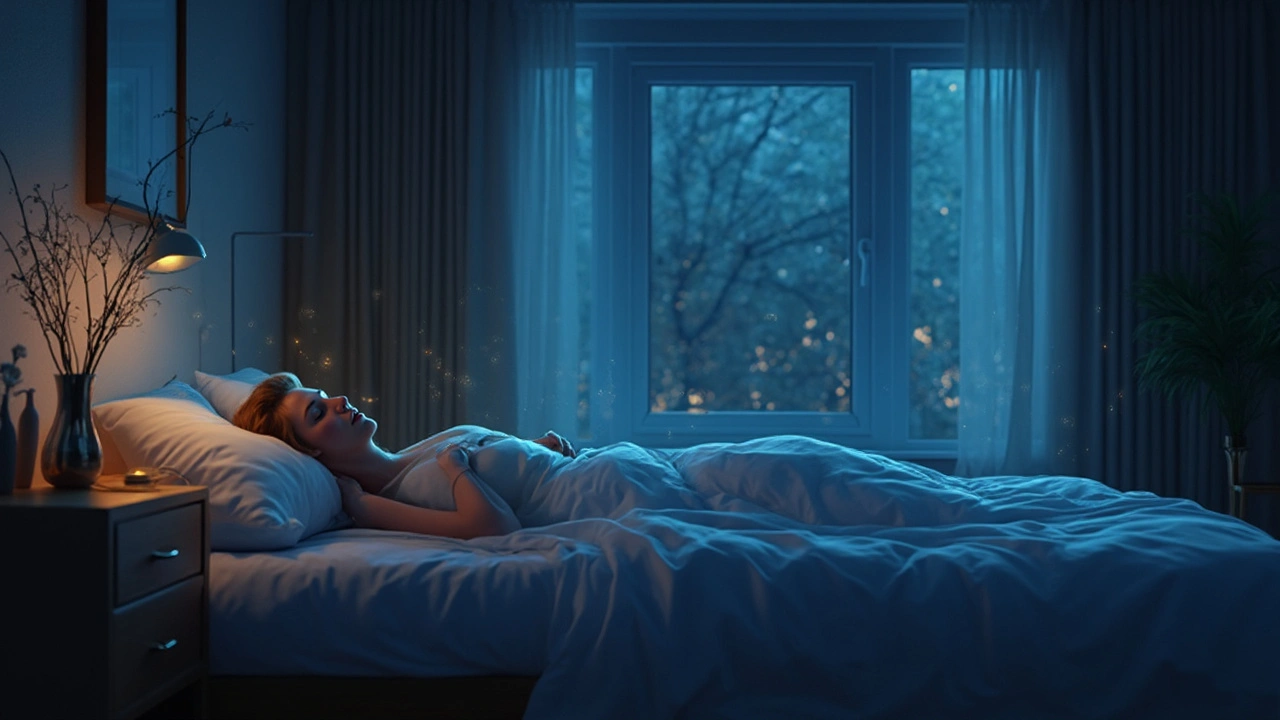Sleep analysis: understand what your sleep tracker is really telling you
Got a smartwatch or sleep app and feel lost by all the numbers? You're not alone. Sleep data can help you sleep better, but only if you know what matters. This page explains the most useful metrics, common measurement limits, and simple steps you can take right away. I'll also point you to related articles on how some medications and conditions change sleep.
Key sleep metrics explained
Total sleep time (TST) — how many minutes you were actually asleep. Aim for what your doctor recommends (usually 7–9 hours for adults), not the time in bed.
Sleep efficiency — percent of time in bed spent asleep. Under 85% often means disrupted sleep or insomnia. If it's low, look at nighttime awakenings or long time to fall asleep.
Sleep latency — how long it takes you to fall asleep. More than 30 minutes regularly suggests trouble falling asleep or poor sleep hygiene.
Wake after sleep onset (WASO) — minutes awake after you first fall asleep. High WASO points to frequent awakenings from noise, bathroom trips, pain, or medication effects.
Sleep stages (light, deep, REM) — trackers estimate these based on movement and heart rate. Trends matter more than exact minutes. Sudden drops in deep sleep or REM over time deserve attention.
How to use sleep data to actually improve rest
Track consistently for 10–14 nights to spot real patterns. One bad night doesn’t mean a problem.
Match data to what you did that day: caffeine late, alcohol, heavy meal, stress, meds. For example, caffeine and alcohol commonly fragment sleep; if you’re taking imipramine or other drugs that affect the nervous system, read “How Alcohol and Caffeine Affect Imipramine Metabolism” for specifics on risks like extra drowsiness or heart-rate changes.
Look for reversible causes first: cut late caffeine, keep bedroom cool and dark, limit screens 60 minutes before bed, and set a steady wake time. Improve sleep efficiency by shortening time in bed until you fall asleep faster.
If your tracker shows frequent awakenings and you have urinary urgency or obesity, consider articles like “Overactive Bladder and Neurological Disorders” and “Understanding the Impact of Obesity on Bladder Health,” since those issues commonly disrupt sleep.
Medications matter. Gabapentin (Neurontin) and some antihistamines can change sleep architecture or make you sleepy during the day. See “Neurontin Uses, Side Effects, and Tips” and “Modern Atarax Alternatives” to learn which drugs might help or harm sleep quality.
When to see a doctor: loud snoring with gasping, very low sleep efficiency, extreme daytime sleepiness, or if your sleep data and symptoms don’t improve after basic changes. Bring two weeks of sleep data and a short note about meds, caffeine, and alcohol — it helps your clinician spot patterns fast.
Related reads on this site (good next steps):
- How Alcohol and Caffeine Affect Imipramine Metabolism: CNS Depression & Heart-Rate Risks Explained
- Neurontin Uses, Side Effects, and Tips: The Real Story Behind Gabapentin
- Modern Atarax Alternatives: Best Prescription Choices for Anxiety Without Sedation
- Overactive Bladder and Neurological Disorders: What Really Connects Them?
- Understanding the Impact of Obesity on Bladder Health and Urinary Incontinence
Track with purpose: use the numbers to test one change at a time, keep notes, and share clear data with your doctor if problems persist. Sleep trackers are tools — used right, they point you to fixes that actually work.
